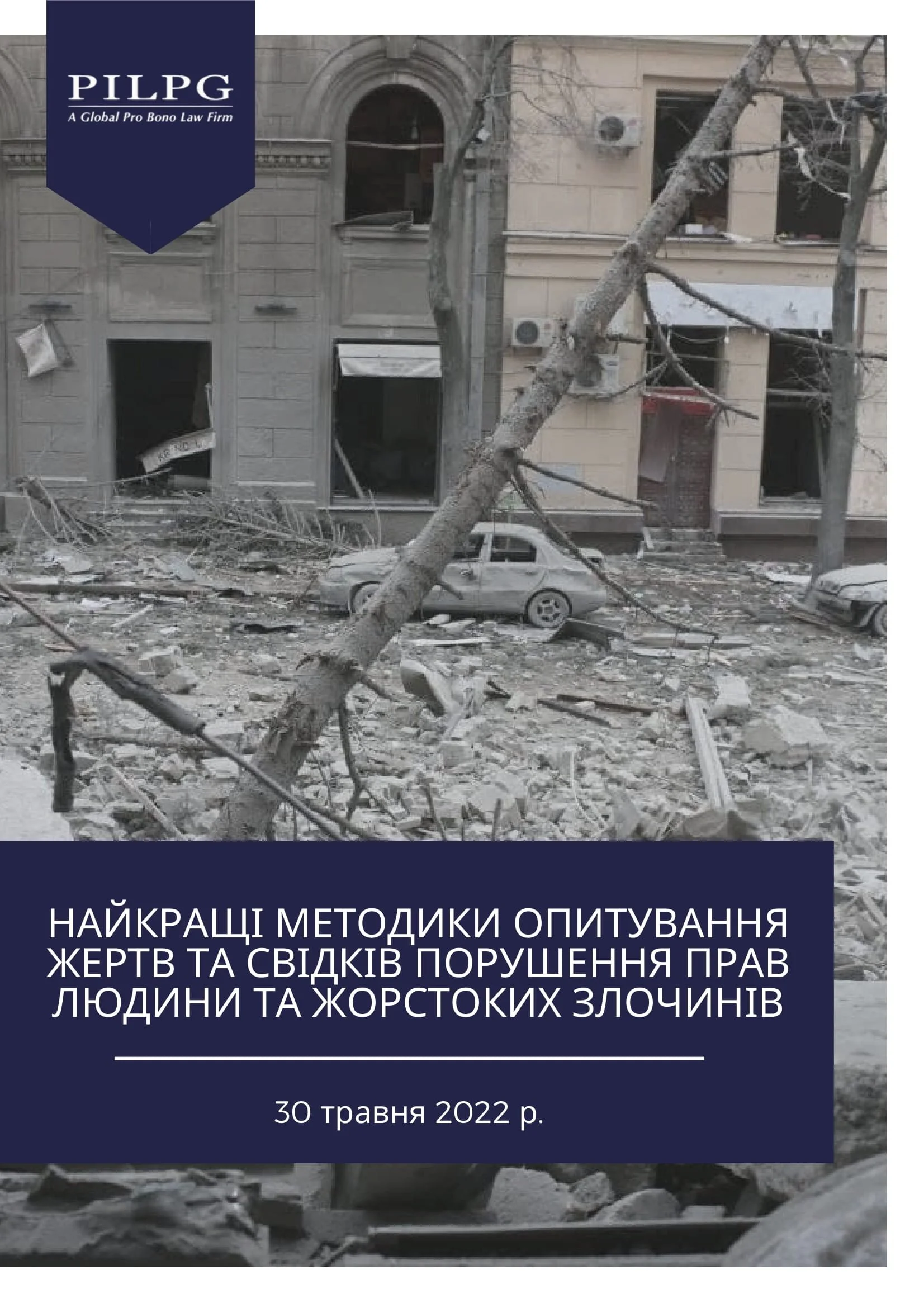Additional Resources
These additional resources may be useful to you as you work on your own documentation missions.
This powerpoint presentation provides an overview of the key institutions and core elements of international crimes.
This field guide helps civil society actors investigate gross human rights violations in the field where no immediate efficient investigative authority is available, and there is a risk of deterioration of the information relative to these violations.
This document presents best practices for preparing for conducting documentation missions and interviewing victims and witnesses. It also contains a sample training agenda and interview questionnaire. (English version)
The purpose of this manual is to provide background on core international crimes and the elements of those crimes, and questions relevant to those crimes for documenters to ask during interviews with victims and witnesses. The four categories of core international crimes are genocide, crimes against humanity, war crimes and the crime of aggression.
This document presents best practices for preparing for conducting documentation missions and interviewing victims and witnesses. It also contains a sample training agenda and interview questionnaire. (Ukrainian version)
This report, prepared by PILPG, The Engine Room, and HURIDOCS, focuses on specific tools and tool development in the human rights documentation space. It presents
findings from explorations of some of the tools currently in use, and from interviews with eight tool authors. This report has been written to benefit civil society organizations looking for tech tools to support their documentation work.
Pamphlets on International Law Topics
Below, you can find six pamphlets explaining, in simple terms, what atrocity crimes, international human rights law, international criminal law, public international law, international humanitarian law, and accountability mechanisms are. The pamphlets provide simple definitions for core terms related to these topics and their core elements.












